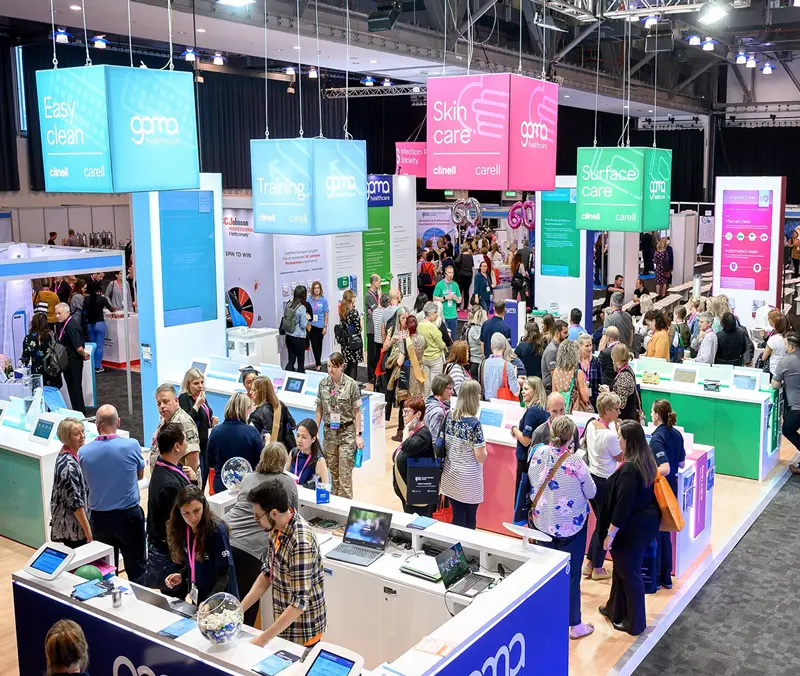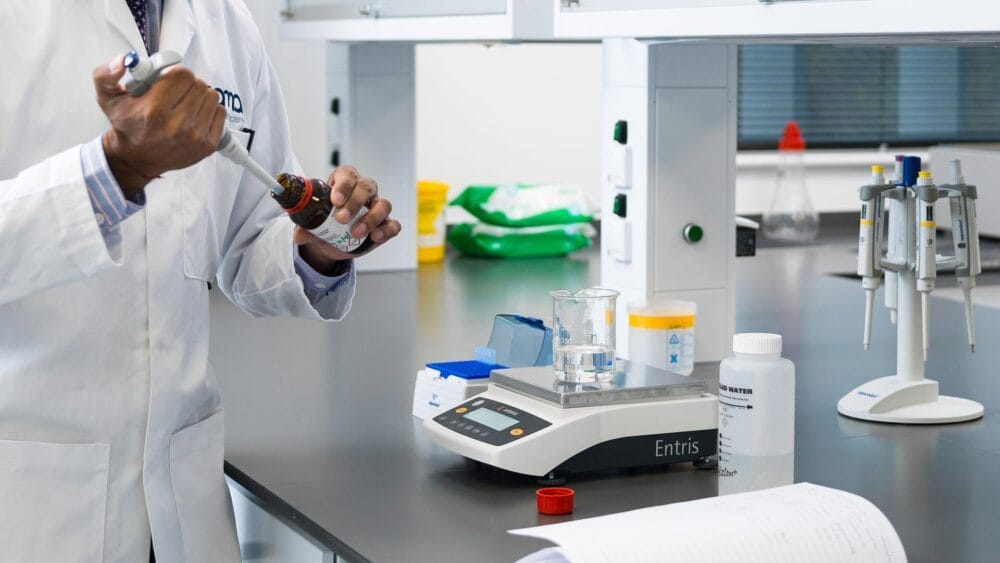Posted
27th September 2019
Events and Exhibitions
We had a lovely time in Liverpool for Infection Prevention 2019 – we hope that you did too, if you got the chance to go. We have collated some of our highlights in this post. All of the abstracts are published in a Journal of Infection Prevention supplement, here.
- Prof Jean-Yves Maillard’s team tested the efficacy of various disinfectants against bacteria in simulated dry surface biofilms (abstract #120). Only the peracetic acid disinfectant resulted in a >3-log reduction against S. aureus and Bacillus spores. This study highlights one of the benefits of peraectic acid: its ability to inactivate microbes and biofilm matrix simultaneously.
- Nikki Kenters delivered a fascinating lecture about managing and preparing for Candida auris in healthcare settings. The talk highlighted the risk of persistent environmental contamination with C. auris. This is compounded by the reduced susceptibility of C. auris to some disinfectants, perhaps due to it’s ability to form biofilm. The advice from a recently published outcome from an expert group meeting about C. auris control was that peracetic acid has been shown to be effective against Candida auris, and that the efficacy of quaternary ammounium compounds depends on their formulation.
- The same research group also developed a laboratory model of a contaminated sink and drain (abstract #102). The efficacy of two chlorine-based disinfectants and a detergent against the biofilm was then tested. The disinfectants had variable activity (ranging from 2-6 log) but perhaps the key finding was that the biofilm recovered to its pre-treatment levels within a day!
- Dr Paz Aranega-Bou gave an interesting talk on the risks of sink and drain contamination with CPE. The talk included the results of a UK survey of sink and drain contamination, which found that 10% of the sinks sampled were contaminated with CPE. Paz concluded that enhanced disinfection is one of the promising approaches to minimising the clinical impact of this issue.
- Emer Shepherd and a team from NHS Lanarkshire describe the findings of a quality improvement initiative (abstract #61). A survey of staff knowledge and perceptions around cleaning and disinfection was performed before and after an education intervention, and demonstrated an improvement in reported time taken to clean and disinfection, and improvements in the use of cleaning/disinfection products and PPE. Amazingly, on 44% of staff reported having received training on cleaning before the intervention!
- Coral Boston and colleagues from Gloucestershire Hospitals NHS Foundation Trust evaluated environmental contamination with Pseudomonas sp. in a neonatal unit (abstract #125). P. aeruginosa was identified in specimens collected from incubators, in the milk kitchen, and surrounding hand hygiene basins. A number of changing to processes was implemented based on these findings, including the use of Clinell Universal wipes for cleaning and disinfecting incubators.
- Lizzie Naylor from Imperial evaluated the usage of patient hand wipes at meal times (abstract #13). Of 218 patient who were observed during mealtimes, 149 were given hand wipes. Of these 149 patients who were given hand wipes, only 24 (16%) used them, and three patients used them before the meal. The team are planning an educational intervention to improve the way that these wipes are used.
- Sue Millward and colleagues from Nuffield Health evaluated the impact of a 6-day training programme, which took staff out of their workplace to learn the theory and practice of infection prevention as well as cleanliness techniques and processes (abstract #56). An assessment of cleaning knowledge and practice showed that the training programme was effective. It would be great to see this sort of training programme widely adopted, but it will be challenging to release staff for 6 days.
- Prof Brett Mitchell gave an excellent presentation on the issues related to hospital-acquired pneumonia (HAP). It’s a costly syndrome with real clinical impact, and yet we don’t have good data on effective bundles to prevent HAP. This is a huge opportunity for future applied reseach!
- And finally, there was an entertaining debate between Dr Neil Wigglesworth and David Green about whether staff vaccination for influenza should be mandatory. Before hearing the arguments, the audience were a two-thirds majority in favour of mandatory vaccination – after the debate, more than half of the audience were against the idea of mandatory vaccination! However, both speakers were clear that staff vaccination for influenza is a good thing, which protects staff, their families, and patients.
It’s great to see and hear about the latest developments, and especially the applied research that is being done to enhance our understanding of infection prevention. Gama wish to congratulate the IPS Board and all organising committees for what we thought was one of the very best conferences in recent years. The Conference seemed to us to centre of themes at the core of the infection prevention challenges in the years ahead and it was inspiring to see the society in such good shape.

SHARE THIS ARTICLE
Tags
Latest News
Introducing HEXI HUB: A seamless transition in our product line
We’re pleased to announce an update to our product offering…
Innovative solutions for tackling Carbapenemase-producing Enterobacteriaceae (CPE) at King’s College Hospitals
King’s College Hospital NHS Foundation Trust, one of London’s largest…
Gloves Off: reducing unnecessary plastic waste during environmental cleaning and disinfection
In this blog, Dr Phil Norville discusses the momentum-gaining ‘Gloves…
Gloves Off: Navigating SDS sheets and skin safety claims in environmental decontamination products
In this blog, James Clarke (Head of R&D, Science &…




